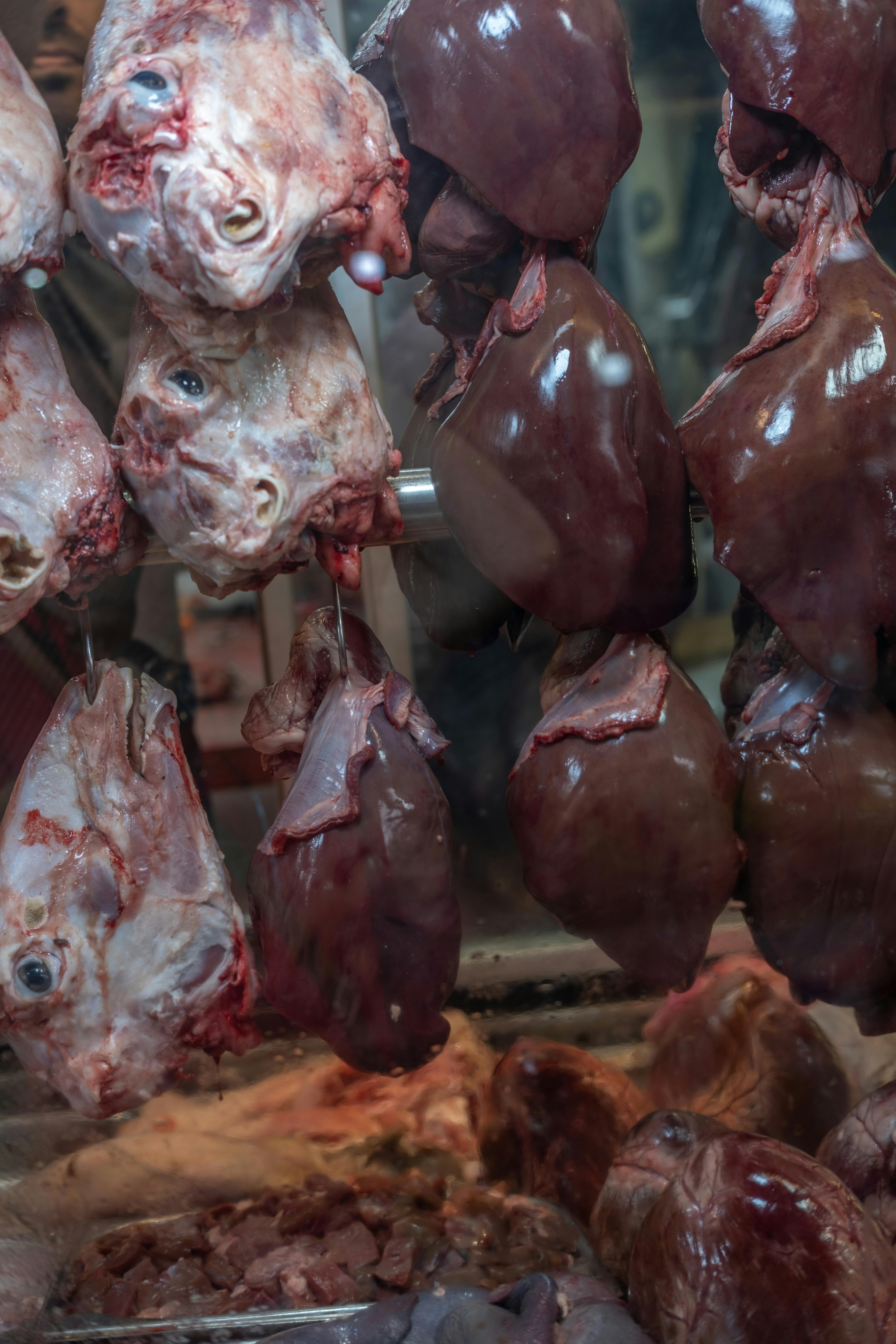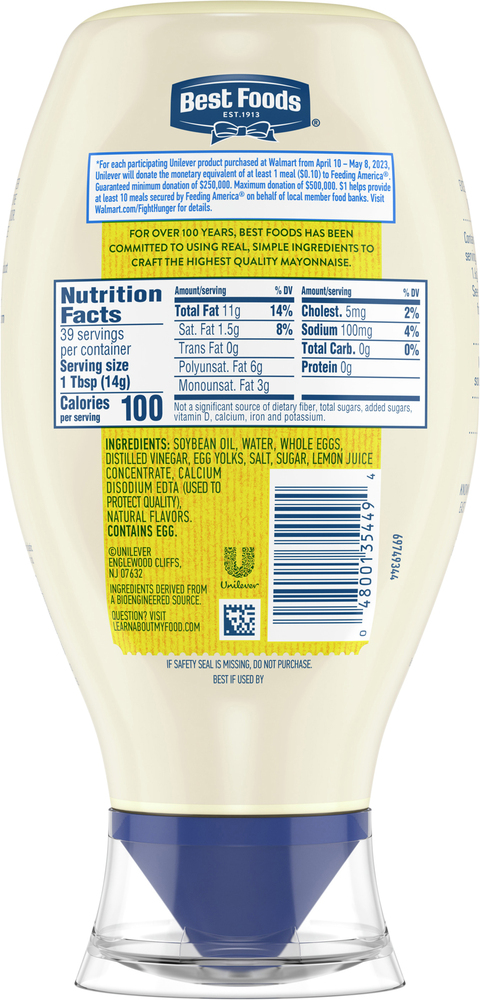Effective Ways to Optimize Your Red Eared Slider Diet for 2025
Red-eared sliders are among the most popular pet turtles due to their engaging personality and adaptability. Understanding their dietary needs is crucial for their health and longevity. A balanced diet that includes proper turtle food options, nutrients, and a variety of fresh vegetables can significantly enhance their well-being. In this article, we'll explore effective strategies to optimize your red-eared slider's diet, ensuring they receive the best nutrition possible for a healthy life.
We will discuss the essential components of turtle diets, provide insights into feeding practices, and highlight the nutritional requirements of red-eared sliders. You'll learn about the best food sources, how to create a proper feeding schedule, and address common feeding mistakes. Our goal is to guide you in creating an ideal dietary regimen that fosters optimal health for your slider.
In brief, you'll become well-versed in the following key takeaways: the importance of calcium and protein sources, the significance of variety in turtle diets, and tips for recognizing signs of nutritional deficiencies. Let’s dive into the first section!
Understanding the Nutritional Needs of Red Eared Sliders
Building on the importance of a balanced diet, it's essential to understand what nutrients red-eared sliders require to thrive. These turtles have unique dietary needs that must be met to support their growth and overall health. The primary components of their diet include calcium, protein, and vegetable matter.
Essential Nutrients for Red Eared Sliders
Calcium is critical for maintaining a healthy shell and bone structure. A deficiency can lead to shell deformities and other health issues. Thus, providing calcium-rich foods, such as leafy greens and commercial turtle food with added calcium, is vital. While the turtle’s diet should primarily consist of plant matter, protein sources are equally important during various growth stages.
Protein contributes not only to growth but also to muscle development and energy levels. Aquatic insects, snails, and certain commercial pellets can serve as excellent protein sources. Remember that young red-eared sliders require more protein compared to adults, as they are in their growth phase.
Sourcing Fresh Vegetables and Aquatic Plants
Incorporating fresh vegetables for sliders provides fiber and essential vitamins. Dark leafy greens, such as kale and spinach, should be staples in their diet. Additionally, aquatic plants like duckweed and water hyacinth can stimulate natural foraging behaviors in turtles. Feeding younger sliders a mix of plant and protein options helps ensure they receive a balanced diet.
The Role of Vitamins and Supplements
A lack of essential vitamins can lead to health problems; thus, adding vitamin supplements can give your pet the nutritional edge it needs. Vitamin D3 is crucial, especially if the turtles do not have sufficient exposure to sunlight or UVB lighting. Make sure to choose high-quality supplements to enhance the overall diet.
To sum up, understanding the nutritional needs of red-eared sliders is integral in optimizing their diet. The next section delves into practical tips for feeding these delightful pets, ensuring they receive the appropriate nutrients consistently.
Practical Feeding Guidelines for Red Eared Sliders
With the foundational knowledge of nutritional needs established, it is crucial to apply this understanding to practical feeding routines. This section will guide you on feeding schedules, food selection, and proper portions.
Creating a Balanced Feeding Schedule
Establishing a proper feeding schedule fosters healthy eating habits in your red-eared slider. Young turtles typically require more frequent feedings—about once daily—while adults can thrive on feeding every other day. Note that overfeeding can lead to obesity and water quality issues, highlighting the importance of adherence to feeding frequency.
Choosing the Right Turtle Food Options
Commercial turtle food might be convenient, but it's essential to choose high-quality brands that fulfill the dietary requirements of sliders. Look for products with high protein content and adequate calcium. Pellets that float will be beneficial as they allow turtles to feed actively, mimicking their natural foraging behaviors.
Incorporating Variety in Turtle Diets
Introducing a variety of foods can prevent dietary boredom and enhance your turtle's intake of different nutrients. Turtles enjoy mixing fresh fruits like strawberries or melons with vegetables for a tasty snack. However, avoid overfeeding fruits due to their high sugar content. This helps in fulfilling your slider's desire for diverse flavors and textures.
A key takeaway here is that a varied diet contributes to optimal health. Now, let's look further into common feeding mistakes that should be avoided to maintain your turtle’s health.
Avoiding Common Feeding Mistakes
Even the most dedicated pet owners can make mistakes when it comes to turtle feeding. Identifying these pitfalls is critical in ensuring your red-eared sliders live a long, healthy life.
Overfeeding and Its Consequences
Overfeeding is one of the most common mistakes turtle owners make, leading to obesity and water quality problems. Turtles usually stop eating when they are full, so observe how much food they consume in one sitting. Adjust portions accordingly and focus on maintaining a healthy diet balance.
Ignoring Water Quality
Water quality plays a significant role in your turtle's health. Polluted water can lead to illness and can affect the digestion of the food consumed. Regular water changes and proper filtration systems are essential to keep your slider healthy. Neglecting water cleanliness can obstruct your feeding routine, making it worse for your pet in the long run.
Feeding Inappropriate Food Items
Many owners may mistakenly introduce inappropriate foods, such as processed human foods or high-fat items. It’s vital to stick to food sources that meet the red-eared slider's dietary needs. Research what's safe and nutritious for sliders to avoid any adverse health effects.
Recognizing and avoiding these common feeding mistakes helps maintain a healthy environment for your slider. In the next section, we will look deeper into specialized diets for young red-eared sliders, ensuring they develop properly.
Feeding Young Red Eared Sliders: Specialized Diets
Younger red-eared sliders have specific dietary needs that differ from adults. This section outlines the best practices for feeding these active little turtles.
The Importance of Protein-Rich Diets for Young Sliders
Young sliders have high metabolic rates and require more protein in their diet. Offer protein sources like turtle pellets formulated for young turtles, aquatic insects, and small fish. A balanced mix of protein, vegetables, and commercial foods will support their rapid growth and strength development.
Transitioning Diets as They Grow
As your red-eared slider matures, it's important to transition their diet to reduce protein intake gradually. This helps avoid obesity and promotes longevity. Mastering this transition requires keen observation of your turtle’s eating habits and growth stages.
Monitoring Growth and Diet Adjustments
Regular observation of your turtle's growth is crucial to ensure dietary adjustments are appropriate. You should chart growth patterns and adjust the diet as needed, ensuring they receive enough nutrients to promote healthy development.
Feeding young red-eared sliders well is fundamental for their long-term health. Next, we will explore feeding practices based on their environment.
Understanding Feeding Practices Based on Habitat
The habitat conditions of your red-eared slider can significantly affect their feeding practices. This section discusses the relationship between their environment and dietary habits.
Creating an Ideal Turtle Environment
A properly designed turtle habitat should support healthy feeding habits. Secure an aquarium large enough for swimming, basking, and hiding as these conditions encourage natural behaviors that promote a healthy appetite. Invest in quality filtration systems to ensure clean, clear water sanctuaries.
Controlling Water Temperature for Optimal Feeding
Water temperature is another vital aspect related to feeding. Maintaining the appropriate water temperature encourages optimal metabolism and digestion. Keep water temperatures between 75-80°F during the day and slightly cooler at night. This encourages normal eating behaviors and reproduction as well.
Utilizing Basking Areas for Health
Providing a basking area with appropriate lighting promotes healthy digestion and metabolic processes. Ensuring basking temperatures reach about 90°F enables the turtle to absorb calcium effectively. This is especially critical when they're consuming high calcium diets.
Understanding the complex relationship between habitat and dietary habits lays the foundation for effective feeding strategies. In our final section, we will address some frequently asked questions regarding red-eared sliders and their diets.
FAQs: Common Questions about Red Eared Slider Diet
What is the best food for red-eared sliders?
The best food options include high-quality commercial turtle food formulated for sliders, supplemented with fresh greens and occasional protein sources like snails or small fish. Additionally, incorporating known favorites like leafy greens is beneficial.
How often should I feed my red-eared slider?
Young red-eared sliders should be fed daily, while adults can generally be offered food every other day. Adjust portions according to the turtle's age, activity level, and health status.
Are fruits safe for red-eared sliders?
Fruits can be fed occasionally as treats, but should not constitute a major part of their diet due to sugar content. Safe options include strawberries, blueberries, and melons, but moderation is essential.
How can I ensure my turtle is getting enough calcium?
Provide calcium-rich foods like leafy greens and commercially fortified foods. Calcium supplements can also be administered, ensuring your slider receives adequate amounts for healthy shell growth.
What are the signs of an unhealthy diet in red-eared sliders?
Common signs of an unhealthy diet include lethargy, shell deformities, refusal to eat, or unusual weight gain. Monitoring their behavior and health closely can help detect dietary issues early.
In this exploration of the red-eared slider diet, we've covered a range of topics aimed at enhancing your understanding of optimal turtle feeding practices. For further insights and detailed guides on turtle care, you may explore our related articles here and here. Improve your red-eared slider's health and happiness with informed dietary choices!


